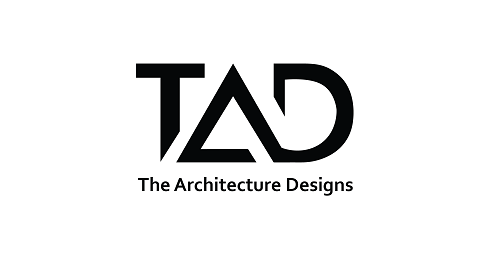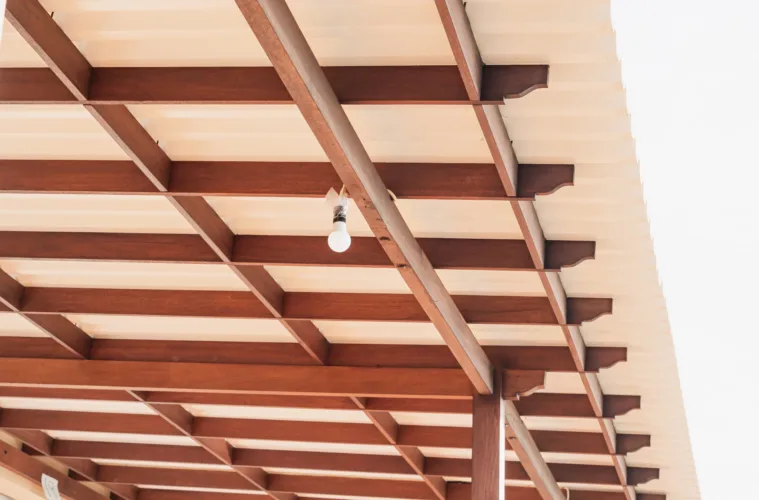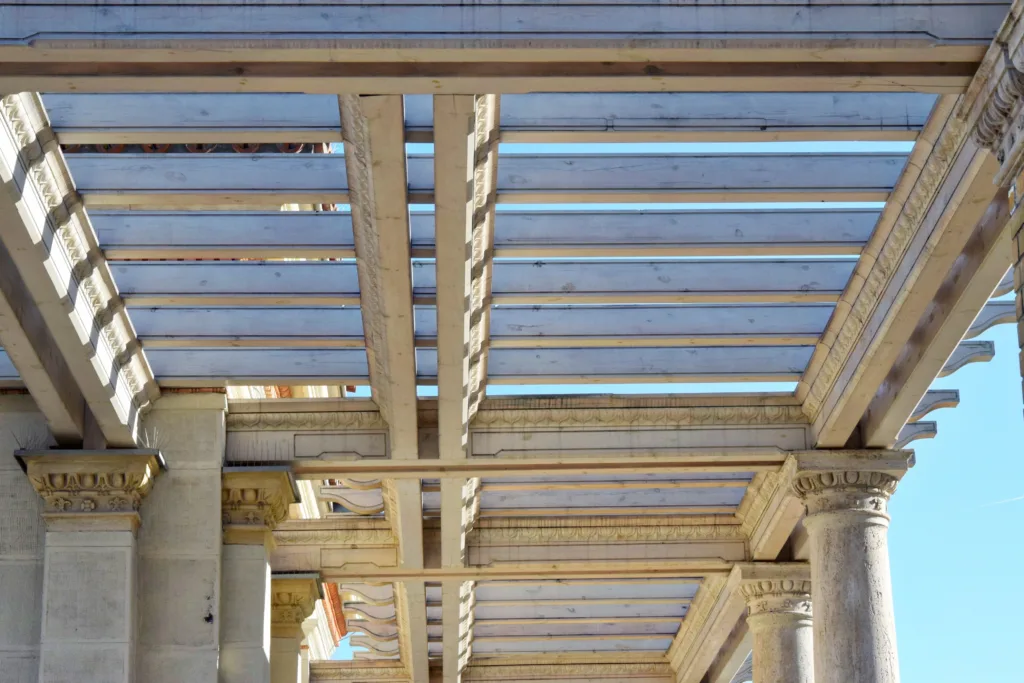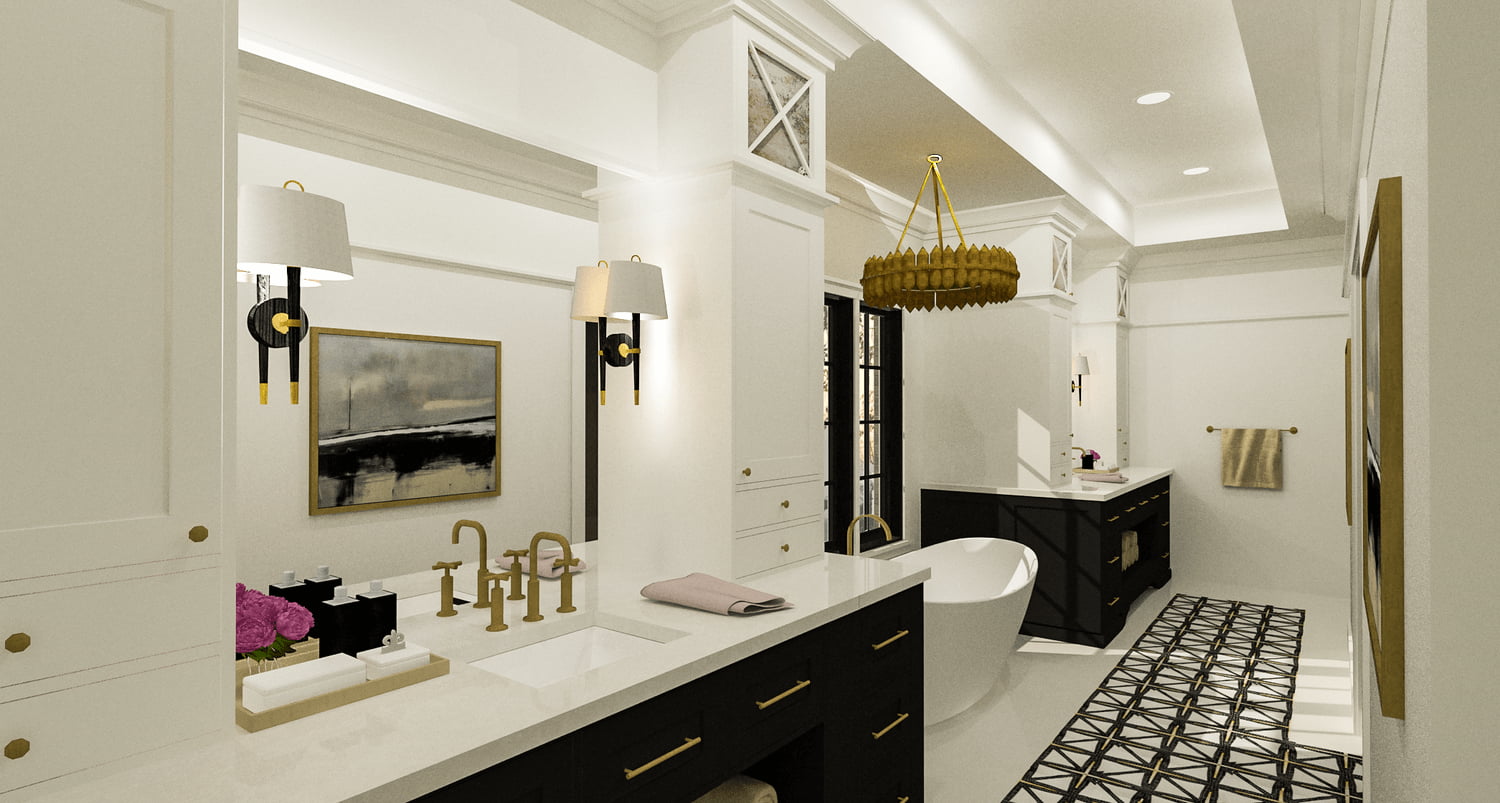In modern construction, glulam beams—short for glued laminated timber—have emerged as a
smart, sustainable solution for structural support. These engineered wood products combine
durability, strength, and aesthetic appeal, making them a top choice across various types of
construction projects. Used in everything from residential homes to commercial buildings,
bridges, and architectural frameworks, glulam beams offer innovative design solutions for
today’s builders and designers. Whether you’re building a custom driveway, a public library, or
a corporate office, glulam beams provide a beautiful yet high-performance material choice.
What Are Glulam Beams?
Glulam beams are fabricated by bonding layers of laminated timber together with durable
adhesives. This process creates large, strong beams that outperform many traditional wood or
concrete alternatives in both strength and design versatility. Unlike standard timber, glulam is
an engineered material, meaning its composition is carefully controlled for maximum
performance. It’s used in both load-bearing and decorative roles, bringing both function and
appearance to the forefront.
Applications Across Construction Types
Residential Projects
In residential construction, glulam beams are used in floors, walls, roofs, and ceilings. They
allow for open-concept designs, eliminating the need for excessive columns or walls. This
makes spaces feel larger, lighter, and more cohesive. Glulam’s aesthetic surface gives
homeowners a range of options for finishes—paint, stain, or exposed natural grain. Whether
you’re designing a foundation, patio, or driveway, glulam offers long-term performance and
minimal maintenance needs.
Commercial and Public Architecture
In large-scale commercial or public buildings—malls, airports, museums, schools—glulam offers unmatched span capacity. This means fewer support trusses or columns, making room for flexible interior layouts. Companies value the ability to merge design innovation with practical structural support, especially in projects emphasizing sustainability and safety.
Bridges and Infrastructure
Glulam is also increasingly used in modern bridge construction. Its load-bearing strength,
resistance to environmental wear, and lightweight fabrication make it an excellent alternative
to steel or concrete. It’s especially valuable in areas where reducing the environmental
footprint is a priority.
Benefits of Glulam Beams
Superior Strength-to-Weight Ratio
Glulam beams are significantly lighter than concrete, yet incredibly strong. Their performance
under heavy loads makes them suitable for large-scale applications such as roof trusses or
expansive spans in auditoriums and gymnasiums.
Design Versatility
Glulam allows for unique architectural features such as curves, arches, and long clear
spans—designs that are nearly impossible with other materials. Custom shapes can be
fabricated to suit any type of structure or project.
Sustainability
Glulam is made from renewable wood sources, reducing reliance on steel and concrete. The
fabrication process consumes less energy, contributing to a lower carbon footprint. Builders
looking for green building solutions appreciate its eco-friendly benefits.
Durability and Longevity
Properly treated glulam beams offer long-lasting performance. They resist cracks, warping, and
pests better than standard timber. Additionally, the laminated structure provides consistent
results across products.
Glulam in Interior and Exterior Design
Glulam is just as effective inside a home as it is outside. In open-plan homes, glulam beams
support large ceiling spans without visible support columns. The exposed beams enhance
appearance, warmth, and design integrity. Outdoors, covered patios, driveways, and walkways
benefit from glulam’s natural beauty and weather resistance. With a variety of types, sizes, and
finishes available, contractors can match glulam to any surface, theme, or design plan.
Structural Performance and Safety
Glulam delivers excellent safety and structural support. It has strong fire resistance
properties—glulam chars on the outside when exposed to flames, maintaining internal
structural strength and buying valuable time in emergencies. Treated glulam also protects
against moisture damage, though regular maintenance helps preserve performance. Its
engineered design minimizes inconsistencies often found in natural timber, contributing to
safer structures overall.
Cost and Value Considerations
While glulam beams may have a higher upfront cost than traditional lumber, the long-term
value is significant. The need for fewer columns and support materials lowers total project
costs. Lightweight construction means faster installation and reduced equipment needs.
Combined with minimal maintenance and extended durability, glulam often proves to be a
more cost-effective option over the lifespan of a structure. When comparing price to value,
glulam is often the smarter investment.
Integration with Other Materials
Glulam integrates seamlessly with other materials like concrete, steel, and glass, making it a
flexible option for hybrid construction. Builders can use it as a primary structural element or in
combination with other materials for enhanced aesthetics and functionality. This adaptability
opens the door for custom architectural designs that emphasize both innovation and
practicality.
Fabrication, Joints, and Assembly
Glulam beams are manufactured in controlled environments, which ensures consistent quality
and minimizes waste. These beams often arrive at the job site with pre-cut joints, which simplifies the assembly process, reduces labor costs, and shortens installation time. Contractors
appreciate how glulam speeds up timelines while delivering high-quality, dependable results.
Ideal for a Range of Projects
Glulam beams are ideal across a wide variety of construction types: in residential buildings,
they’re used for beams, floors, ceilings, patios, and driveways. In commercial and public
settings, they’re seen in offices, malls, libraries, schools, and sports arenas. For infrastructure,
glulam bridges and towers showcase what’s possible when performance meets environmental
responsibility. In architectural design, glulam is favored for exposed trusses, curved roofs, and
other bold features that elevate a building’s design.
Services and Project Support
A professional team can help determine the right glulam beam products for your project.
Whether you’re a business, a contractor, or a homeowner starting a new build, many
companies offer services such as custom fabrication, design consulting, and on-site installation.
With the right partners and experience, you can ensure structural performance, safety, and
design excellence tailored to your specific job requirements.
Final Thoughts
Glulam beams are redefining what’s possible in the construction industry. Their combination of
appearance, strength, sustainability, and versatility makes them one of the most valuable
materials available today. They meet the performance demands of modern construction while
offering the design flexibility that architects and homeowners desire. Whether you’re working
on a residential remodel, a commercial structure, or a large infrastructure project, glulam
beams provide a reliable and aesthetically pleasing solution. For long-term durability, excellent
performance, and reduced environmental impact, glulam is the smart, future-ready choice for a wide range of building applications.





